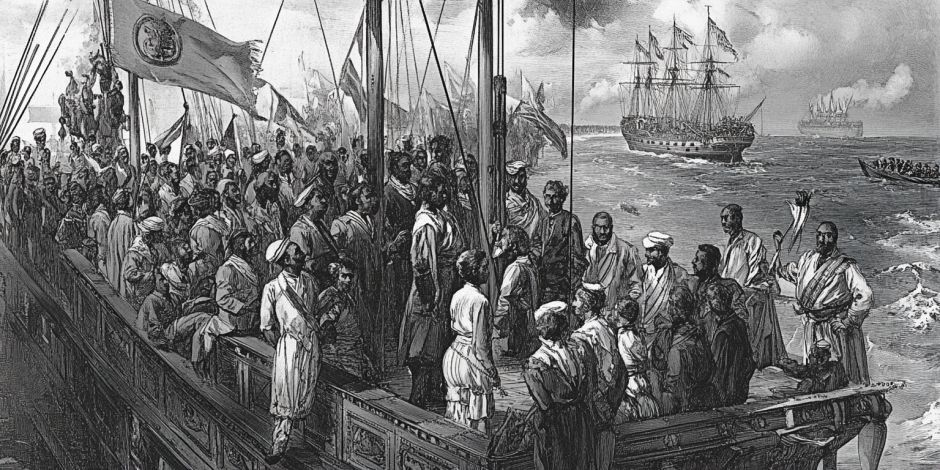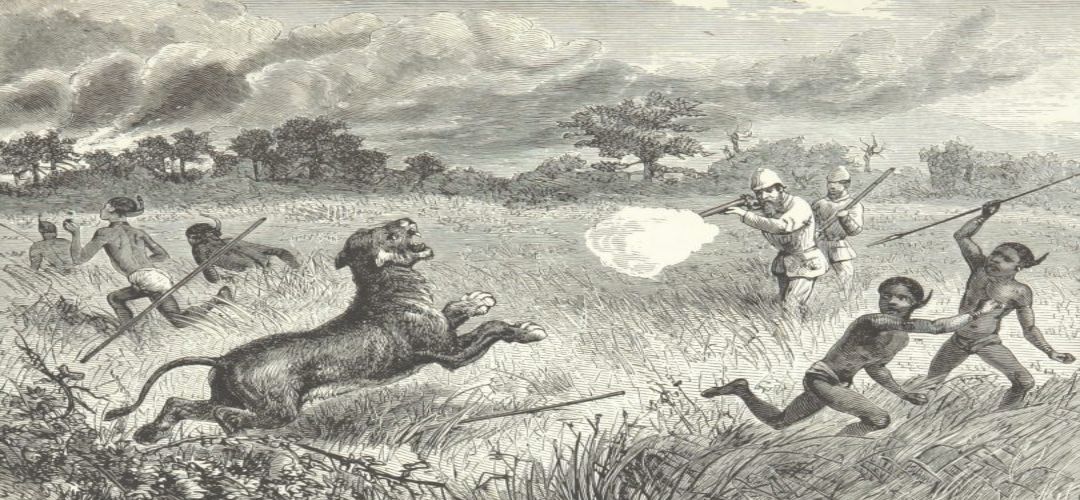A historical perspective on racism and resistance in the UK.
The recent wave of anti-immigration protests and riots in the UK, fuelled by far-right rhetoric, signals a resurgence of deeply ingrained xenophobia and racism. These events could have been brushed off as one-offs if evidence to the contrary did not point towards a deep-rooted history of racial tension and discrimination that periodically erupts.
The recent protests, primarily orchestrated by far-right groups, have been characterized by their aggressive opposition to government immigration policies, particularly those perceived as welcoming refugees and migrants. Key incidents include large-scale demonstrations that turned violent, targeting immigrant communities and fuelling fear and division. The right-wing groups capitalized on economic uncertainties and cultural anxieties to bolster their message, promoting a narrative of “national preservation” against an alleged influx of outsiders.
Social media played a pivotal role in amplifying these movements, providing a platform for organizing protests, spreading far-right ideologies, and disseminating misinformation.
The newly appointed UK government has been criticized for its handling of the situation. While some measures have been taken to curb the violence and maintain public order, many argue that the government’s rhetoric and policies have inadvertently fuelled the unrest by pandering to nationalist sentiments.
Public reaction has been deeply divided, with some communities rallying against the protests while others express sympathy with the anti-immigration cause, reflecting the complex and polarized nature of the debate.
Historical Context
The recent anti-immigration riots in the UK echo historical patterns of racism, revealing parallels between past and present.
Racism in 20th-century Britain was deeply embedded in both societal attitudes and institutional structures, significantly affecting Black and Asian communities. Historic England highlights key events such as the 1919 race riots, where returning Black soldiers clashed with white mobs in port cities like Liverpool and Cardiff. The Windrush Scandal, starting in the 1940s, further exemplified systemic racism as Caribbean immigrants faced discrimination and wrongful deportation despite their legal status.
Throughout the 20th century, minorities in Britain were often scapegoated during periods of economic uncertainty and social change, much like today. For instance, the 1958 Notting Hill riots were driven by racial animosity towards West Indian immigrants, who were blamed for housing shortages and job competition. Similarly, the current protests have seen immigrants, particularly from non-European backgrounds, targeted as the cause of economic and social woes.
Recurring themes of Islamophobia and xenophobia also mirror historical prejudices. The rise of far-right groups, both in the past and today, has been fuelled by fear of the “other,” often using rhetoric that paints minorities as threats to national identity and security. This is evident in the current protests where Islamophobic sentiments have been central, paralleling past fears of non-Christian immigrants.
Government rhetoric has historically played a significant role in exacerbating these tensions. In the past, policies like the 1962 Commonwealth Immigrants Act, which restricted non-white immigration, were framed as necessary for social cohesion but effectively institutionalized racism. Similarly, contemporary government responses to immigration, often couched in terms of protecting national interests, have provided a veneer of legitimacy to the anti-immigration sentiments.

Analysis
Understanding these parallels is crucial as it highlights the need for comprehensive approaches that confront both historical legacies and current practices of racial exclusion.
Far-right groups like the English Defence League (EDL) have played a significant role in the recent anti-immigration protests in the UK. These organizations, which promote nationalist and anti-Islamic ideologies, capitalize on fears around immigration to galvanize support, portraying immigrants as a threat to British culture and security.
The impact of these far-right activities extends beyond the protests themselves, contributing to a broader atmosphere of division and intolerance. Their rhetoric fosters an “Us versus Them” mentality, undermining social cohesion and exacerbating community tensions. Furthermore, their influence can shape public policy by pressuring the government to adopt stricter immigration controls, often at the expense of human rights and social unity.
It is evident that the Starmer government was caught by surprise by the violence of the protests but appears to have responded effectively to stamp out the spread of violence. Prime Minister Starmer has the benefit of experience when, in 2011, as Britain’s Director of Public, he held centre stage prosecuting over 3000 rioters in the riots triggered in London after the shooting of Black man Mark Duggan. Indications are that the current perpetrators may face a similar wide-scale pushback from the law.
However, the UK government has faced significant criticism for not addressing the underlying issues of racism and xenophobia. According to Amnesty International, the government’s focus on security measures, such as policing and surveillance, fails to tackle the root causes of the unrest. This approach is seen as reactive and insufficient in addressing the systemic racism that fuels such protests.
Amnesty International and other critics suggest that the government needs to adopt a more proactive stance, including comprehensive anti-racist education, reforming discriminatory policies, and fostering inclusive dialogue. These measures are crucial for addressing the deep-seated prejudices that have long existed in British society. Without these changes, the cycle of racial tension and violence is likely to continue, undermining social cohesion and trust in public institutions.
Assessment
- The riots are a stark reminder of the country’s ongoing struggle with racism and xenophobia, deeply rooted in its history. Far-right groups have exploited these tensions, while the government’s response has been reactive. Little has changed with time.
- To break this cycle, the UK must confront these deep-seated prejudices through comprehensive reforms and proactive measures, fostering a more inclusive society and preventing future unrest. Understanding and addressing the historical context is crucial for meaningful change.
- Once again, the negative influence of social media was exposed, how it can spread the wrong message to wreak mayhem at lightning speed. This is a phenomenon for which few have ready answers today apart from authoritarian regimes like China, who believe in the Zero-Sum game only!




